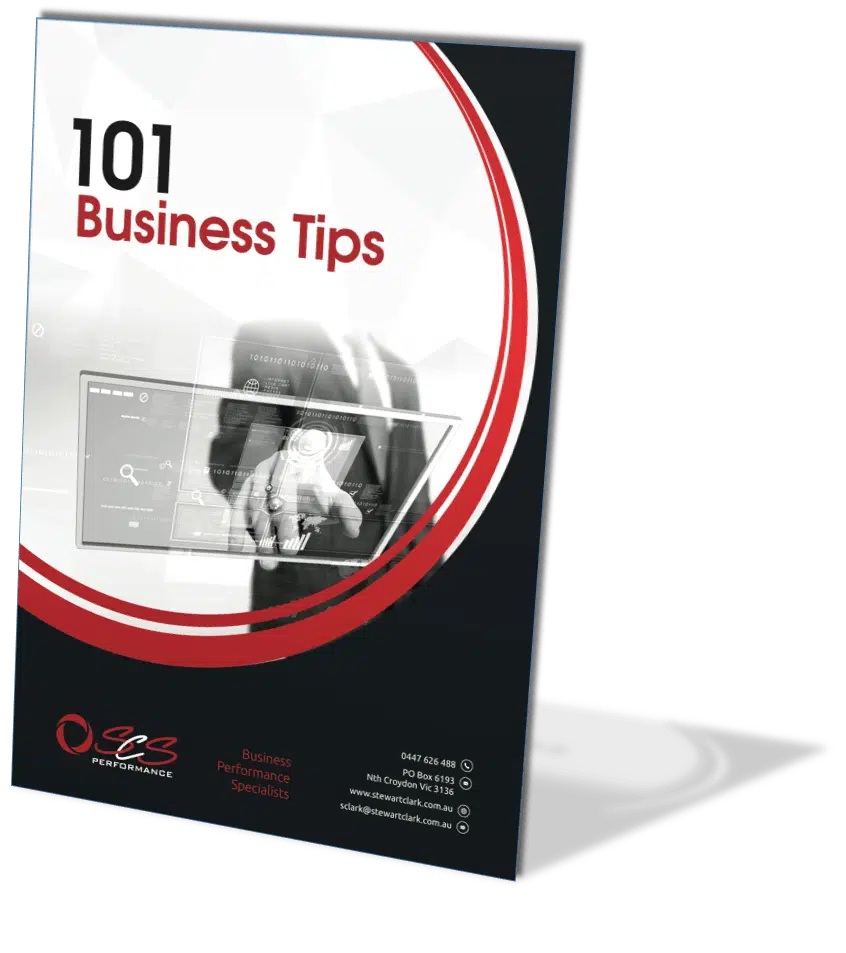SELLING A BUSINESS IS NOT ALWAYS WHAT IT SEEMS
And not every business is saleable
We specialise in helping business owners position their businesses for sale
When it’s time to move on from your business a succession (or exit) plan can help ensure a smooth and financially successful transition.
We can help you with the process.
Our succession planning consultants will help you properly plan for a transition in business ownership so that when you’re ready to move on, your business is financially viable and lucrative for potential buyers.
Call us to discuss how we can help – 1300 626 488.
Want to know more?
To increase your business value and start your succession plan, contact us today for a free, no-obligation consultation.
Structure and succession case study – John’s story
John ran a very successful cable and wiring business, specialising in the installation of security systems and surveillance equipment. John had run the business for 30+ years and decided it was time to retire and sell the business.
A buyer is normally looking for a business which they can buy, walk into, and keep it trading to return a profit (which they have essentially paid for).
John’s business had no real structure to it. John essentially ran the show – coordinating the jobs, being the lead electrician on the jobs, and issuing instructions to his staff member. The operational processes were in John’s mind and not documented.
Typically, buyers prefer a steady stream of leads coming into the business from well-established and effective marketing programs which they can continue. John’s leads came to him via word-of-mouth, personal referral, and a measured amount of “intuition” on John’s part.
John had a profitable business. But, in every respect, he was the business. With John out of the business (as would be the case in a sale situation), we would have no real advertising function and would lose the person who does the bulk of the work. Added to this, there were no documented processes for the business, and the sole employee was expected to leave.
In our discussions with John, we mapped out four potential strategies for consideration.
- “Surf the wave to the beach” – meaning that he continue to run the business, as he was at the moment, changing nothing and spending no additional money. This option would maximize his profits for the moment, but the day he stopped, he would essentially be turning off the light of the business. From this, he would reap zero value for the business when he retires.
- Spend money on the business over a 18-24 month period to improve its operational structure, create and prove up a marketing strategy, and via hiring one or two staff members, step himself back from the business. This option would see money spent in the short to medium term, but position the business so that it could be sold for a meaningful value at a later point.
- Seek a buyer who was already in the industry who could essentially bolt on John’s trade into their own business and, hence, not be impacted by his lack of process or structure.
- The last option we discussed with John was exploring what choices may exist for his employee to purchase all or part of the business.
After much consideration, John actually approached his employee to discuss him buying the business, or more the point, part of it. By changing the focus of the business slightly and only expecting someone to purchase part of it, his employee was interested.
Many months down the track, John repositioned the business for sale to his employee, and he stayed on as an “employee” to help with the transition.


